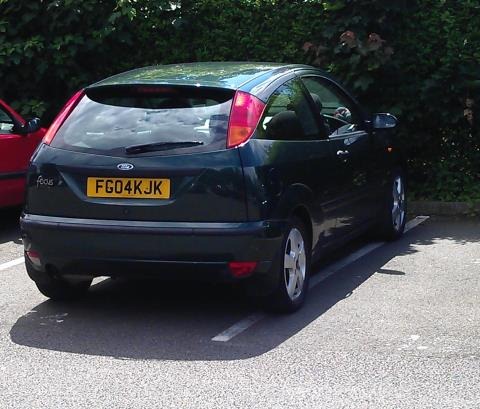A rant! I missed this last week, which is good – because I would probably have blown a fuse if I’d have seen it. I’ll have to make sure I miss the second episode as well.
Breakfast TV was rattling on about it today, and it concerns an American idea involving parents taking their babies into work. The very idea has me frothing at the mouth even now! It’s absolutely stupid, and could really only come from America.
The story seems to have started over a year ago. In America they have a very confusing situation. On the one hand, most states do not offer paid maternity leave, and for that they are to be applauded and congratulated. But it seems that some American companies consequently allow employees to take their sprogs into work so as to avoid child-minding costs. Which is nuts.
But now, some complete jackass over here has latched on to it.
Let’s just get a few things straight about babies:
- they shit
- they puke
- they get sick
- they scream and cry
- they misbehave
Absolutely NOTHING about babies is conducive to improved work efficiency. When you add to this the fact that the average female’s brain shrinks to a quarter of its original size and her IQ falls by at least 50 points the instant she gets pregnant, and stays that way permanently, taking babies into the office is just a different way of wasting money. Wasting MORE money, in fact, because we still have those idiotic maternity leave arrangements in place. Oh, and don’t forget that we now have paternity arrangements, too.
When I was in the rat race people used to calculate how much they could make from maternity leave. There was never a chance of them not taking all of it – they’d take it as far as they could, which shows just how they felt about their jobs. Then when they returned, they’d only be part-time, and this would last for the next 16 years as they skipped off early or came in late due to school open days, school concerts, parent/teacher evenings, board of governors’ meetings, school holidays, and anything else they could concoct. Their jobs – and the customers they dealt with – were secondary to them at all times.
There is absolutely no way even those not directly affected by mummyhood can work normally if they’re forced to endure these idiots’ babies in the office or workplace. And no company can run at maximum efficiency if it has to accommodate any form or maternity or paternity issue.
If I phone up someone and end up on a call centre switchboard, absolutely the last thing I want to hear when I’m trying to sort out why that cheque for £7,000 hasn’t been credited yet, or why my direct debit was returned when funds were available, or why I’ve received a letter telling me I haven’t paid a bill when I have, is someone’s brat screaming in the background. At the very least, I will know that the person I am talking to doesn’t give a shit about my problem because her attention is on her sprog!
When I worked on a call centre myself (when I was training to be an instructor), customers who phoned us came from all walks of life. The worst ones were that class of “unfit parent” who – for some unfathomable reason – will happily phone a support line which will require some detailed technical exchanges, but allow their kids to run riot in the background. I can’t hear what they’re saying, and they aren’t listening to what I’m saying. It’s as simple as that.
I can also remember occasions when – after giving birth – the “proud mother” would bring her child into the office to show it to everyone. I can recall at least two occasions when I had to explain to important American clients that that’s why they could hear screaming babies in the background! I’m pretty sure they didn’t automatically assume that their £50,000 projects would be better quality as a result.
Maternity (and paternity) leave are a major contributing factor to poor country-wide business performance during this time of recession. They’re an absolute waste of money. But it is the ethic behind them which is the real killer, and letting people take kids to work is just making it worse.
 Well done Jessica, who passed today (second attempt) with just 5 driver faults. You should have passed the first time, but found out what problems impatience can give rise to.
Well done Jessica, who passed today (second attempt) with just 5 driver faults. You should have passed the first time, but found out what problems impatience can give rise to.
 In the absence of any proper news – and when you consider the area in question, the lack of proper news isn’t all that surprising – This Is Cornwall is wetting its pants over the supposed “fact” that “the Westcountry has better L-driver pass rates.”
In the absence of any proper news – and when you consider the area in question, the lack of proper news isn’t all that surprising – This Is Cornwall is wetting its pants over the supposed “fact” that “the Westcountry has better L-driver pass rates.”

 you can see to be clear. You should
you can see to be clear. You should 